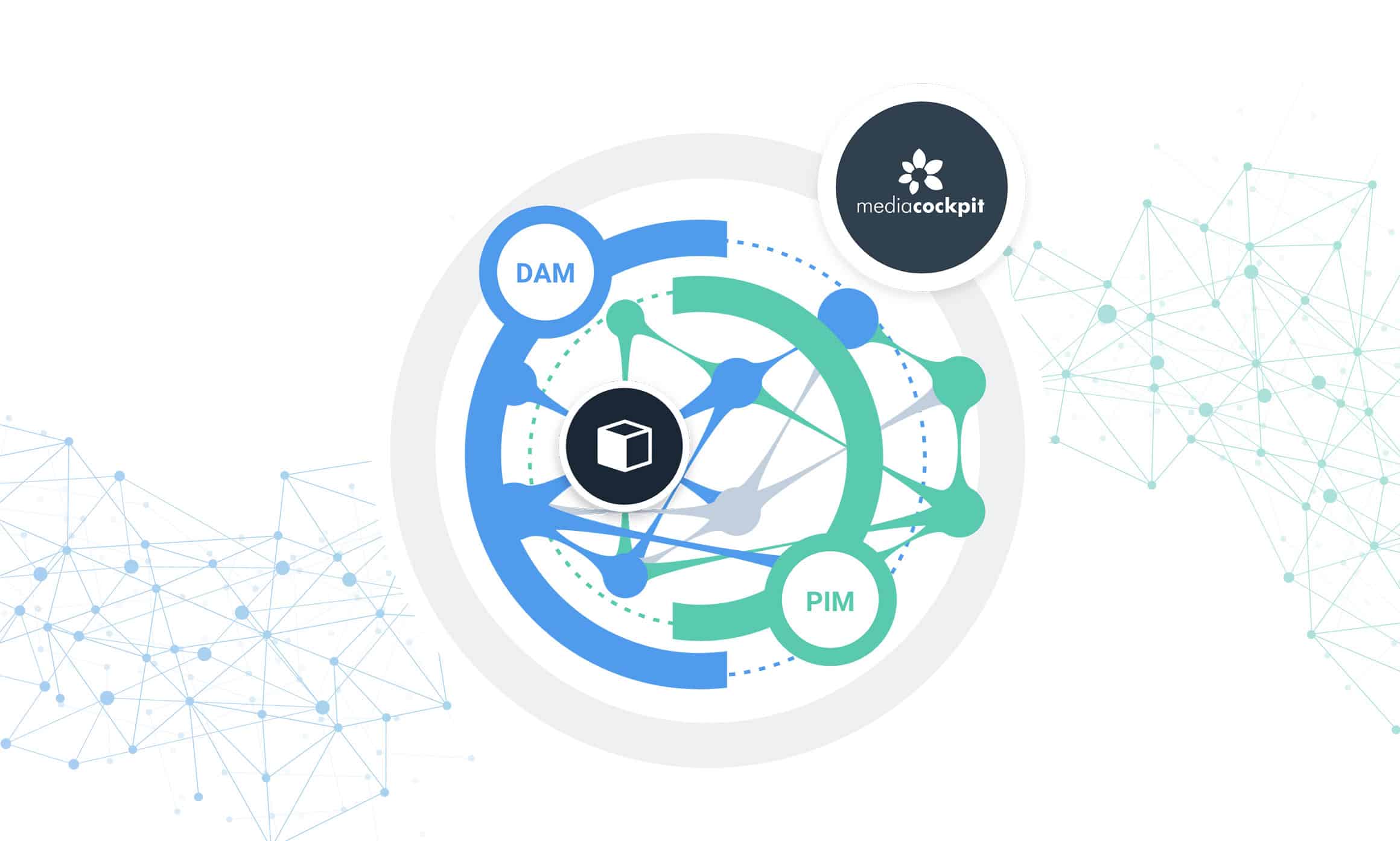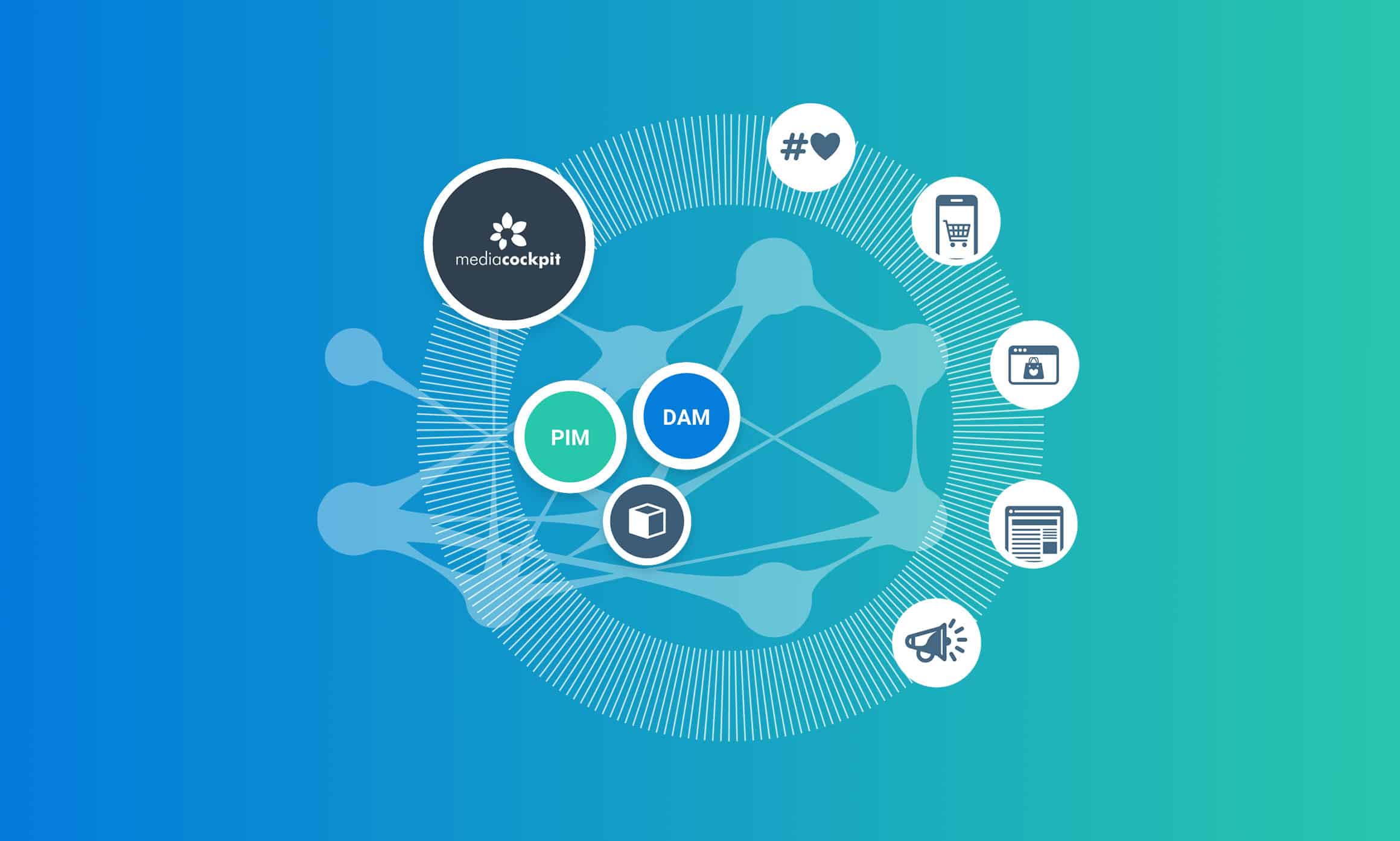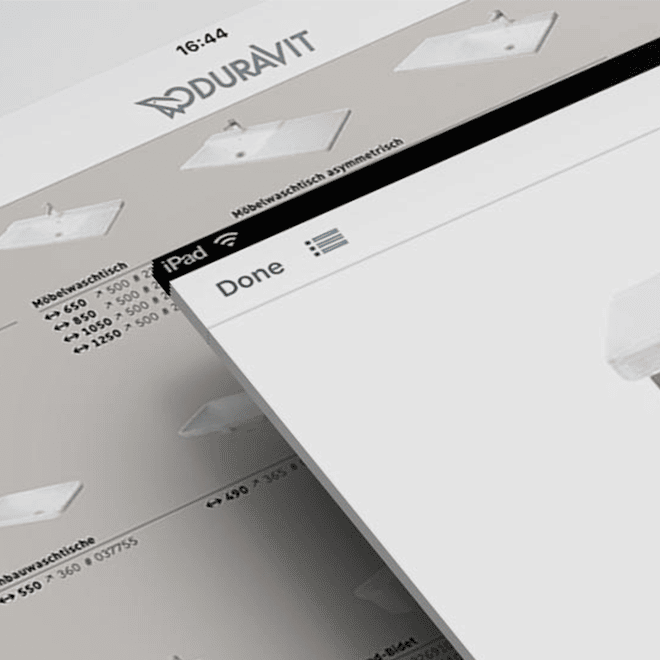Blog
Perfectly connected product data with mediacockpit

Maintaining all product data centrally in one place is already a challenge in itself for many companies. Quite a few organizations are still struggling with fragmented data management and countless Excel spreadsheets. A company-wide PIM system helps to maintain all product-related data and information in a way that is available to everyone, while ensuring high data quality. From here, for instance, marketing teams can access the information and use it for their communication activities. However, effective processes require a bit more than just available product data.
Introducing Product Content
A compelling product message consists of more than just pure information. Especially in the overloaded online world, companies must use carefully coordinated visual and informative content to ensure that their offer is not only seen, but actually perceived and correctly interpreted in just a few milliseconds. This requires the right advertising texts, product data and images or videos.
For this reason, the product data must be closely networked with the corresponding digital content. This, in turn, is only possible through a particularly deep integration of PIM and DAM systems in the system architecture. Anyone searching for a product in the PIM system must be able to access the corresponding image worlds directly and without having to search further in order to create targeted product content quickly and effectively. For this reason, mediacockpit combines both areas – PIM and DAM – under one roof and as a result combines the advantages of the best-of-breed approach with those of an integrated overall solution.

What are the concrete advantages of networked product data?
Generally speaking, any networking of product-related content, as well as the processes surrounding its creation, maintenance, and delivery, helps marketing and sales teams do their jobs better and, above all, more efficiently. This is primarily because they save themselves the long search for suitable content and materials and have direct access to all the content available in the company that they need for communication.
In addition, product content can be made available quickly and easily for all relevant channels and delivered in a targeted and context-dependent manner with the appropriate channel management. This can significantly shorten the time-to-market and increase the conversion rate. Companies have the opportunity to react to changes and market events without much loss of time and as a result to secure a competitive advantage.
Finally, companies also benefit from delivering consistent product messages and as a result strengthening their own brand identity. Those who communicate on all channels, adapted but always with recognition value and unambiguously, increase their visibility and build trust and brand loyalty. This also increases the retention rate and as a result ensures long-term success.
Product Content Management – the optimal integration of product data and digital content
But what does the linking of product data mean for the system landscape of companies? As a result, two areas must go hand in hand: Product Information Management (PIM) and Digital Asset Management (DAM). Only with fully integrated product data and media content can unique product experiences be achieved in a short time and for every output channel. Product Content Management refers to this close integration of PIM and DAM, without sacrificing the advantages of the best-of-breed approach. In the PIM, product data is maintained, enriched and made available centrally, and in the DAM, the associated channel-specific media derivatives and other materials are held for effective go-to-market.
As a result, the added value of product content management is not lost along the way. The integration of upstream and downstream systems and processes ensures an efficient product content life cycle, right through to the delivery of finished product messages to websites, online stores and print catalogs. The main parts of the ecosystem are ERP, CMS and e-commerce systems, but also creative programs such as Adobe InDesign and Photoshop or Microsoft Office applications. Every single integrated and optimized interface ensures that companies communicate faster, more precisely and more successfully, and as a result are better able to hold their own against their competitors.
Highlighted Customer Story
Fully integrated product content management portal at Duravit
Learn how Duravit uses mediacockpit to link their product information with digital content while automating their publishing processes.
Accomplish more together
We believe in the value of collaboration and exchange. This applies both to our customer projects, from which we generate many valuable insights for our product development, and to our growing partner network, with an extensive range of which we support our customers in their digitization.



